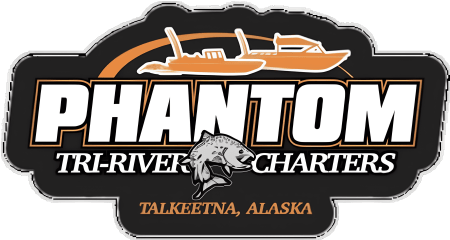What Are Winters Like in Alaska?
Lots of people think of snowy and icy conditions when they think of Alaska. Though there are certainly lots of places in Alaska that remain pretty snowy throughout the year, there are other regions with distinct seasonal changes in the weather. These areas have warm summer, rainy fall and spring seasons and cold winters. Alaska is such a large state that there is a considerable amount of variance in the climate and weather depending on where you travel. Find out more about what you can expect during the winter in different parts of the state so that you can prepare yourself for your Alaskan fishing expedition:
- West: The western region of Alaska borders the Bering Sea and the Gulf of Alaska. The temperature of these subarctic bodies of water contributes to a pretty chilly climate in western Alaska throughout the year. Still, this region encompasses varying levels of temperature and precipitation. Certain parts of western Alaska get little to no annual precipitation, while others get upwards of 100 inches.
- Southeast: Juneau, the capital of Alaska, is located in the southeastern panhandle of the state. This region tends to be the warmest part of Alaska and it also tends to get heavy precipitation, especially in autumn months. During the winter, the average daytime high is above freezing in southeastern Alaska, which is unique to this region.
- North: The northernmost region of Alaska has an arctic climate that remains consistently chilly throughout the year. The winters in the northern region are long and cold. During the summer, temperatures don’t get very warm at all. In fact, in Barrow, Alaska, the average low temperature in the middle of summer is just 34°F. Snow can be expected during any month of the year, even in the middle of summer.
- Interior: The interior of Alaska has the most extreme climate in the state. This region has some of the hottest summer temperatures and the coldest winter temperatures in Alaska. During the summer, temperatures may climb as high as 90°F, while winter temperatures may dip well below 50°F. This region doesn’t have much precipitation, but most rain falls during the summer months. Between October and April, almost all precipitation falls as snow. Between November and March, the cold temperatures create ice fog, which can accumulate on power lines and cause outages and other issues.
- South: Anchorage, the largest city in Alaska, is located in the southern region. Weather in this region tends to be mild with short, cool summers. The region tends to have strong winds throughout the year, especially during the winter.
At Phantom Tri-River Charters, we are here to ensure that your experience in Alaska is as incredible as possible. We can help you plan an Alaskan fishing expedition for you, your friends and your family members that is truly unforgettable. We have decades of experience providing quality charter services and we have all of the best equipment for you to use. Our boats are heated so that you can enjoy a comfortable experience regardless of how chilly it is outside. To find out more, call us today!
